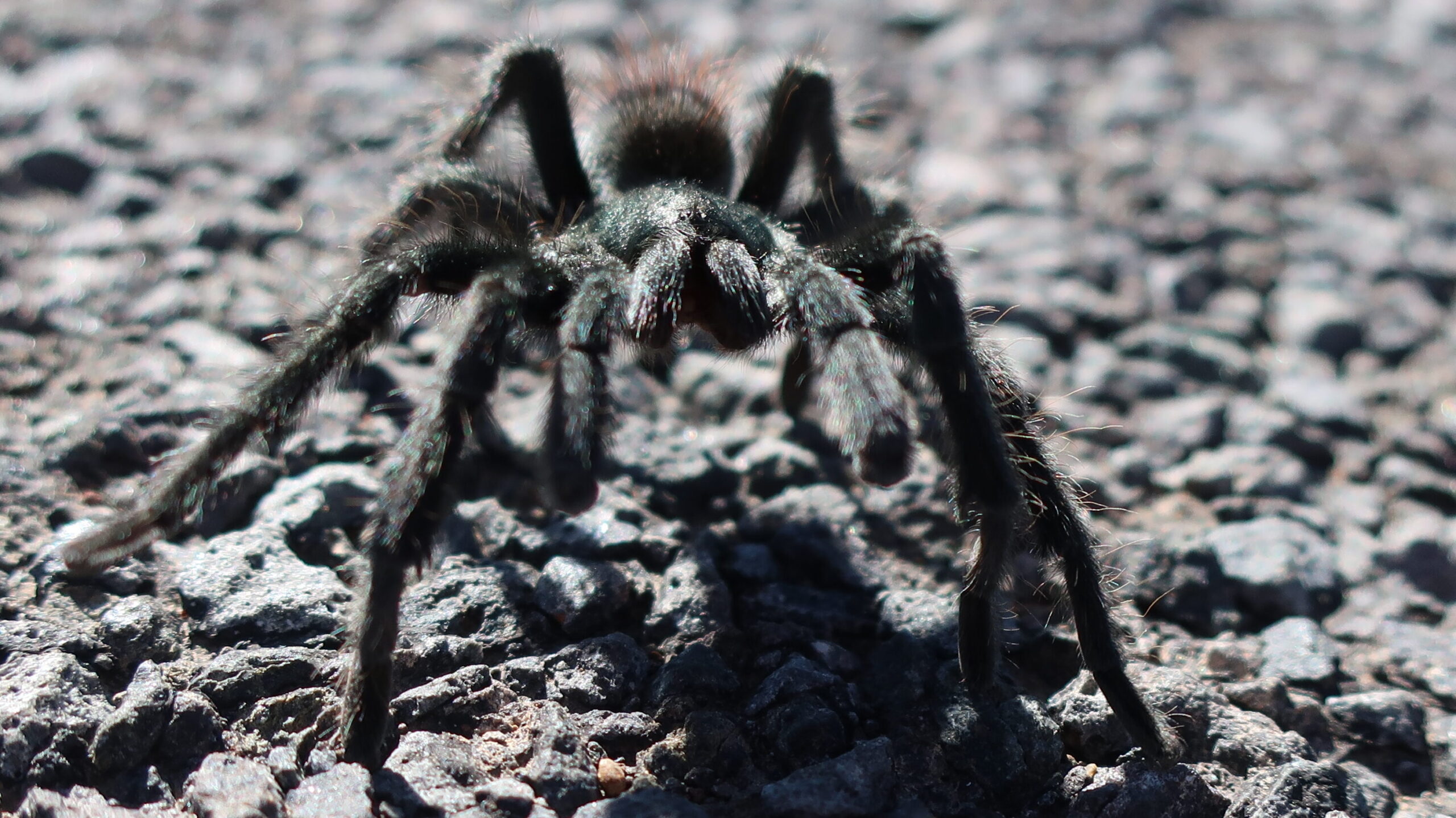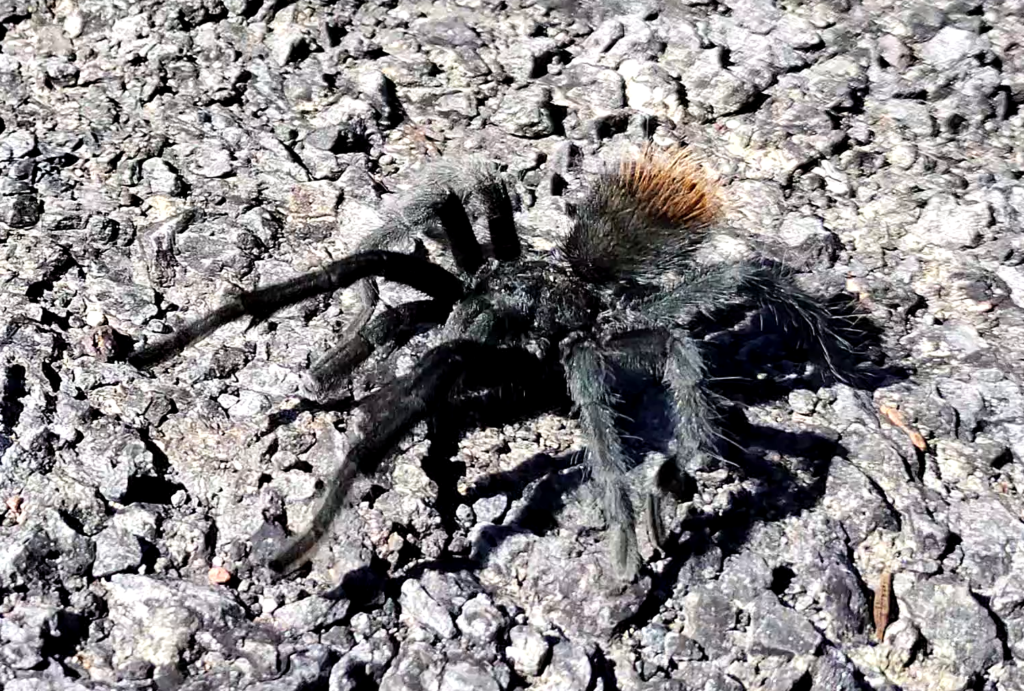It is Tarantula season!
It is that time of year when male tarantula are out looking for love. I haven’t seen a tarantula yet this season – but I expect to see them pretty soon. They are already on the move in Colorado (different species). Have you seen or heard the story on NPR? https://www.npr.org/2025/09/11/nx-s1-5534462/tarantulas-colorado-mating-season The article mentions a few things that are not known about tarantulas , and I hope to answer some of those questions, such as when and why they start moving when they do.?
So please start sending me your bike ride files (kml) even if you do not see a tarantula. I have already received a couple of files, thank you Camille! My webpage “Cycle for science” provides an overview of the citizen science project. Let me know if you have any questions.
It is Tarantula season! Read More »


